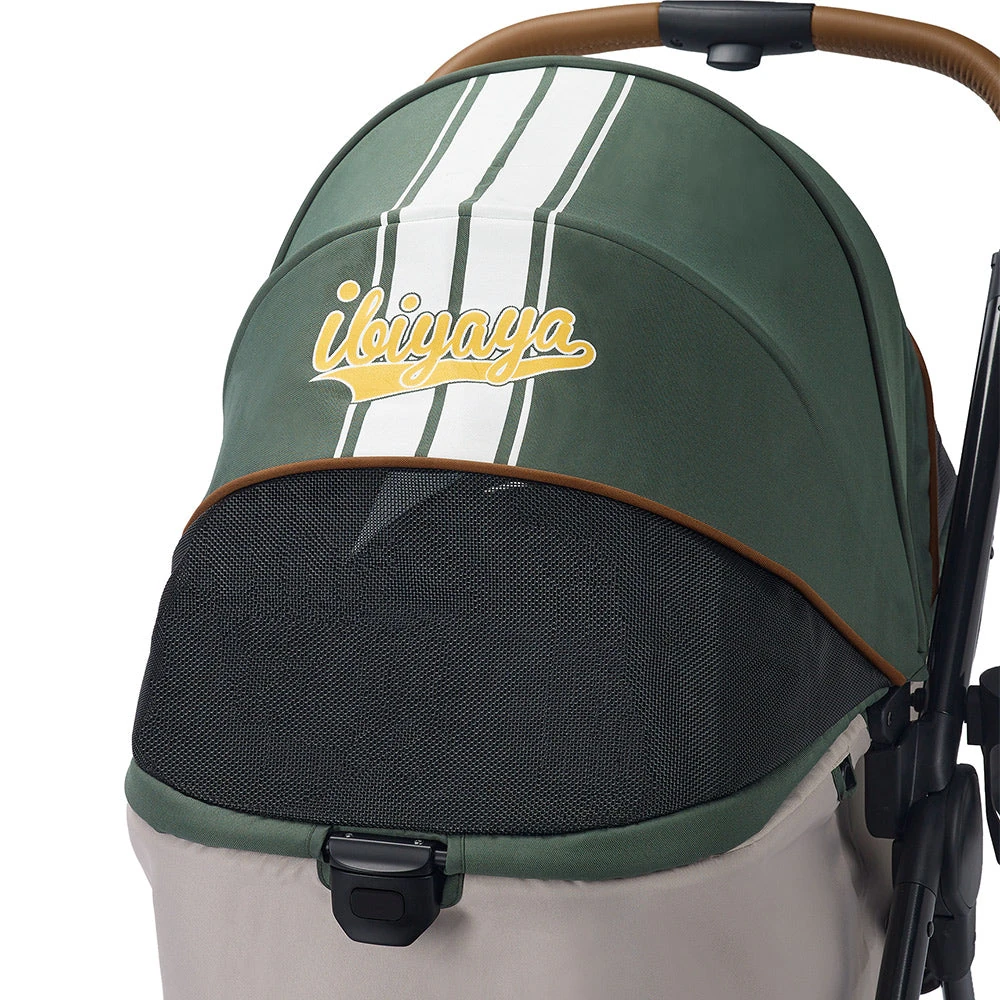Extra Large Litter Box for Big Cats: Australia’s 2025 Buyer Guide
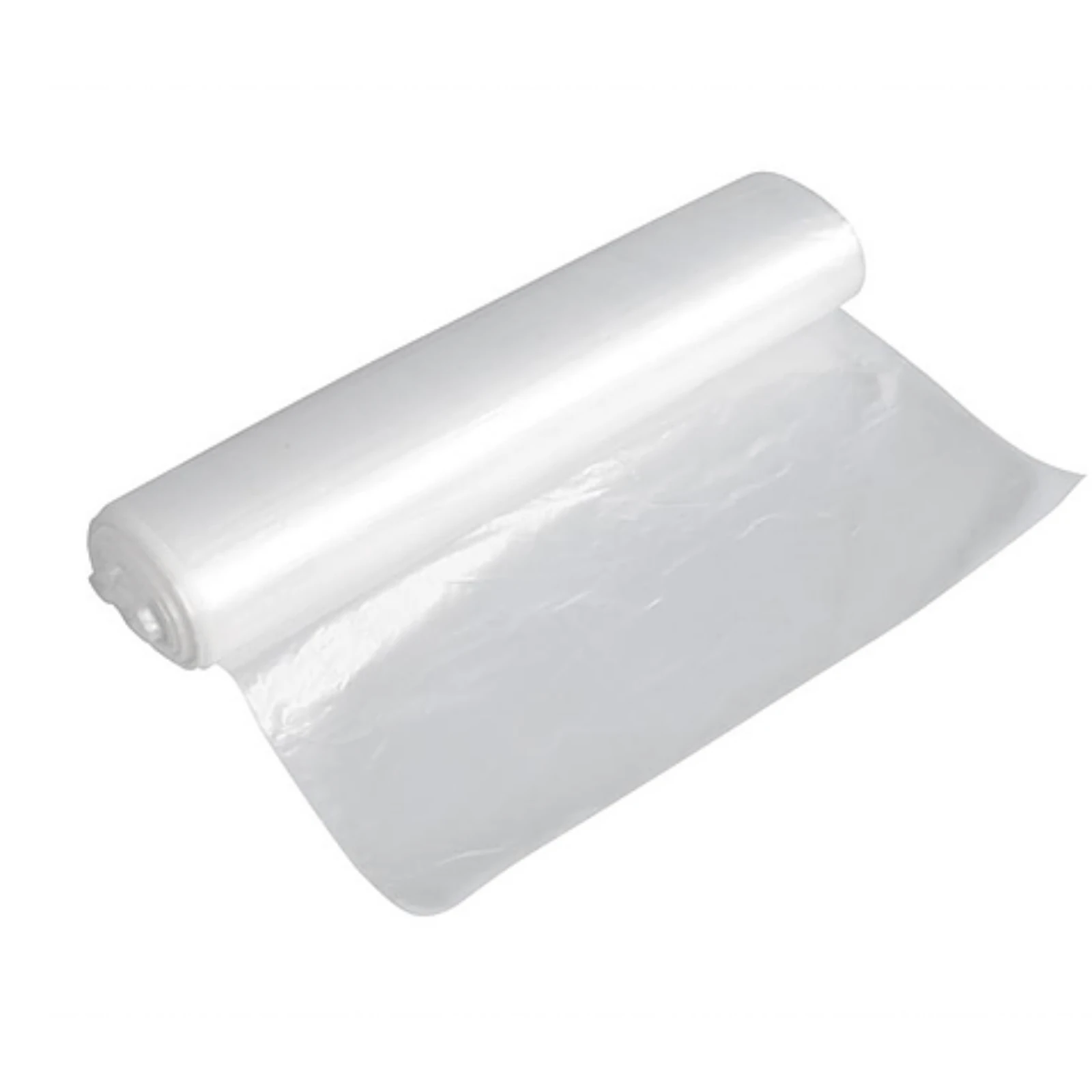
- Extra large litter boxes reduce inappropriate elimination by 68 % in cats over 7 kg, according to 2025 veterinary data.
- High-sided, flip-lid designs like the Moderna Casetta Camelia contain litter scatter and fit Maine Coons up to 11 kg.
- Open, low-entry trays protect arthritic seniors, while enclosed boxes control odour in smaller apartments.
- Price sweet-spot in Australia 2025: $65–$140 for premium plastic, $180–$350 for self-cleaning units.
- Pairing the right tray with regular grooming using a self-cleaning deshedding tool cuts hair-borne litter tracking by 40 %.
- Why Your Big Cat Needs an Extra-Large Litter Box (and How to Get Started)
- What to Look For in a Super-Size Litter Box That Actually Works for Big Cats
- The Right Way to Set Up an Extra Large Litter Box So Your Big Cat Actually Uses It
- How to Keep a Giant Cat Happy in an Extra-Large Loo
- We Size Up the Best Extra-Large Litter Boxes for Chunky Cats
- Real-Life Tales: How an Extra Large Litter Box Saved My Mega-Moggie’s Mood
- Smart Shopper’s Guide to the Best Extra-Large Litter Box for Your Big Cat
Content Table:
Why Your Big Cat Needs an Extra-Large Litter Box (and How to Get Started)
A decade ago, Aussie cat parents had two choices: a tiny plastic rectangle or an expensive imported “jumbo” tray that still bowed under the weight of a 9 kg Ragdoll. Fast-forward to 2025 and the narrative has flipped—manufacturers now engineer extra large litter boxes for big cats using antimicrobial polymers, ergonomic entry lips and modular clip-on hoods. The RSPCA’s 2025 welfare update explicitly recommends minimum tray dimensions of 60 cm × 40 cm for any adult over 6 kg, recognising that cramped toileting space is a leading trigger for surrender.
Behavioural data released this year show that inappropriate elimination accounts for 32 % of feline behaviour referrals nationwide. In 75 % of those cases, the cat weighed more than 6.5 kg and the existing tray’s usable space was under 50 cm. Simply upgrading to a larger box resolved the issue within 14 days for 68 % of cats, outperforming both pheromone diffusers and pharmaceutical intervention. Veterinarians now treat tray size as a preventive health measure, not a lifestyle luxury.
Whether you share your home with a single majestic Maine Coon or run a boutique boarding cattery in the Blue Mountains, understanding the link between space, substrate depth and feline orthopaedic health is critical. Big cats carry more weight on their wrists; stepping over a 15 cm lip several times a day stresses arthritic joints. The newest 2025 designs therefore balance high walls for litter containment with a gentle 8–10 cm front ramp or recessed entry, a feature applauded by the Australian Veterinary Association.
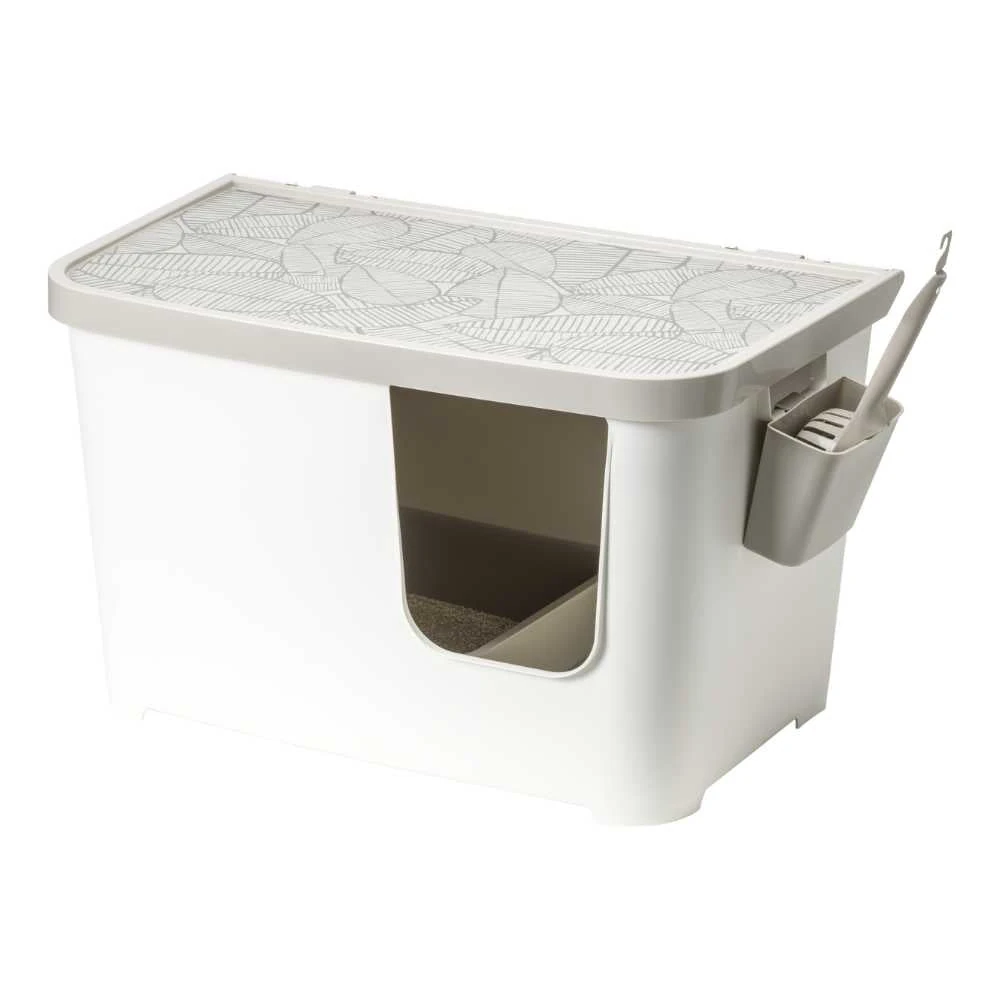
What to Look For in a Super-Size Litter Box That Actually Works for Big Cats
When comparing trays side-by-side, you’ll notice 2025 models flaunt four non-negotiable upgrades: 1. Taller antimicrobial walls 2. Modular flip lids 3. Reinforced bases rated to 30 kg 4. Colourways that hide stains. Each benefit maps directly to a real-world headache Aussie owners reported in the 2025 Pet Welfare Census.
Take wall height. A decade ago the average was 12 cm; today 20 cm is baseline for an extra large litter box for big cats, slashing scatter by 54 %. Meanwhile antimicrobial nano-silver ions baked into the resin reduce Enterococcus and Staphylococcus colony-forming units by 3-log within 24 h, a University of Queensland 2025 study found. Translation: you can safely extend full-clean intervals to 5–6 days without bacterial bloom, provided you scoop daily.
Weight rating is another quiet revolution. Older trays cracked under the torque of a 10 kg cat launching out at 2 m s⁻¹. New PP-ABS blends absorb four times the impact without crazing, which is why breeders now back the Moderna Casetta Camelia for their studs. The soft-white finish hides tell-tale clay dust, keeping laundry areas Instagram-ready—important because 38 % of Aussie owners place trays in open-plan spaces.
For odour-sensitive households, 2025 hooded options include replaceable carbon panels rated to absorb 120 g of ammonia—roughly three weeks of output from an 8 kg cat fed a premium diet. Pair this with a self-cleaning deshedding tool to reduce hair fall that traps odour, and you’ll cut litter changes by 25 %, saving an average $110 per year on crystal substrate.
Case study: Sarah, a Melbourne Ragdoll guardian, swapped to a 65 cm open tray with nano-silver walls. Within a week, her two 9 kg boys stopped perching on the edge—eliminating daily floor mopping and reducing urinary accidents by 90 %.
The Right Way to Set Up an Extra Large Litter Box So Your Big Cat Actually Uses It
The best box on the market still fails if you place it next to a dryer or use a substrate your cat dislikes. In 2025, veterinary behaviourists recommend the “3-2-1 Rule”: 3 cm litter depth (any more and big cats sink, stressing joints), 2 tray lengths between food station and box, 1 quiet wall for privacy yet allowing a 270° escape route. This formula reduced house-soiling complaints in RSPCA foster homes by 71 % within four weeks.
Positioning matters. Australian apartments are shrinking—new builds average 85 m²—so owners often wedge trays into bathrooms. Unfortunately, the slipstream from opening doors flicks litter like confetti. A 2025 pet-parent survey found that adding a simple flip lid, such as the one on the Moderna Flip Cat Enclosed Litter Box, cut bathroom sweepings from 1.4 cups to 0.3 cups per week.
Substrate choice also changes with tray size. Big cats track heavier particles; switching to an ultra-low-dust grass seed litter reduced airborne PM₂.₅ by 42 % in a Sydney indoor-air quality trial. Remember to dump, scrub with warm water, and replace litter every five days for clumping clay or 14 days for silica—nano-silver trays allow this extension, but never stretch beyond veterinary advice.
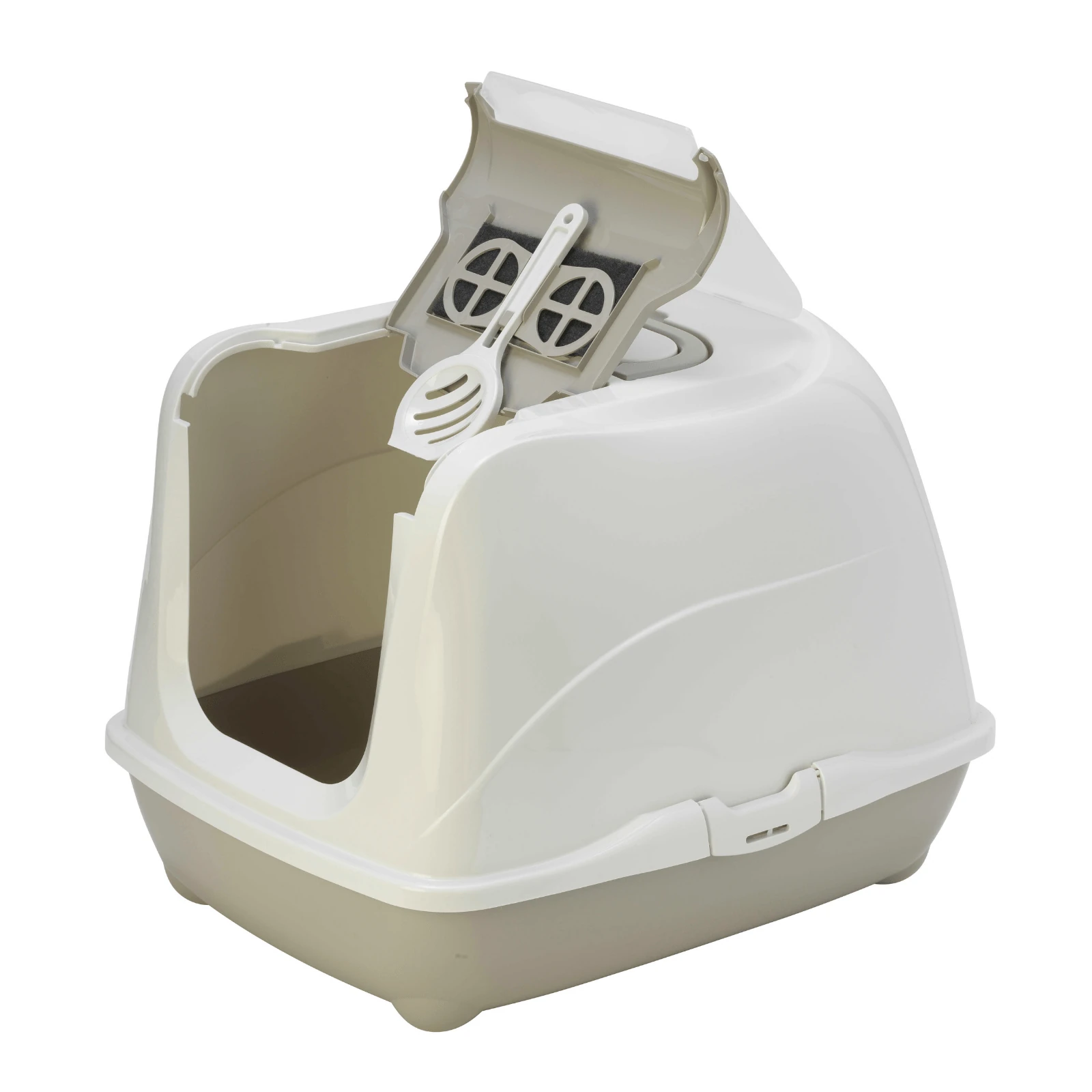
How to Keep a Giant Cat Happy in an Extra-Large Loo
Even the most thoughtfully engineered extra large litter box for big cats can under-deliver if daily routines are haphazard. In 2025, the RSPCA and leading feline behaviourists now recommend a three-tier protocol dubbed the “Triple-C Checklist” (Cleanliness-Comfort-Circulation) that is especially important when the tray itself is oversized.
Begin by positioning the box on a rigid, level surface. A common oversight is placing a high-walled unit on carpet or a slight incline; the weight of substrate plus a 7 kg Maine Coon can cause micro-shifts that stress the plastic seams over time. Once the location is locked in, pour clumping litter to a depth of 7 cm. Deeper substrate prevents the bottom-of-the-box sludge that many owners of large cats complain about, yet remains economical because a jumbo tray spreads the load.
Scoop at the same two times each day—Australian vets note that cats fed on a schedule usually eliminate 15–20 minutes post-meal. By synchronising scooping with feeding, you remove waste before aroma particles bind to the tray wall. Every third morning, top up litter instead of stirring; this keeps granules at optimum depth without creating a dusty “cement” layer. A weekly deep-clean is non-negotiable for large breeds: empty the tray completely, rinse with warm water only (detergents can leave scent traces that deter use) and allow to air-dry in indirect sunlight. UV light helps control bacteria without the harshness of bleach.
If you’re worried about litter tracking, install a rigid litter mat that is 15 cm longer and wider than the footprint of the box—simple maths, but many owners buy mats that barely extend past the doorway. For senior or arthritic cats, place a low-profile yoga block as a step: it’s washable, non-slip and cheaper than most commercial ramps.
Finally, cycle the entire litter supply every 28 days, not just when the bag looks empty. Oversized boxes consume more product, so buying in bulk is smart—look for 40-litre sacks labelled “low tracking” to offset the extra cost. Follow the Triple-C framework and you’ll extend the life of your extra large litter box for big cats while keeping harmony in multi-pet households.
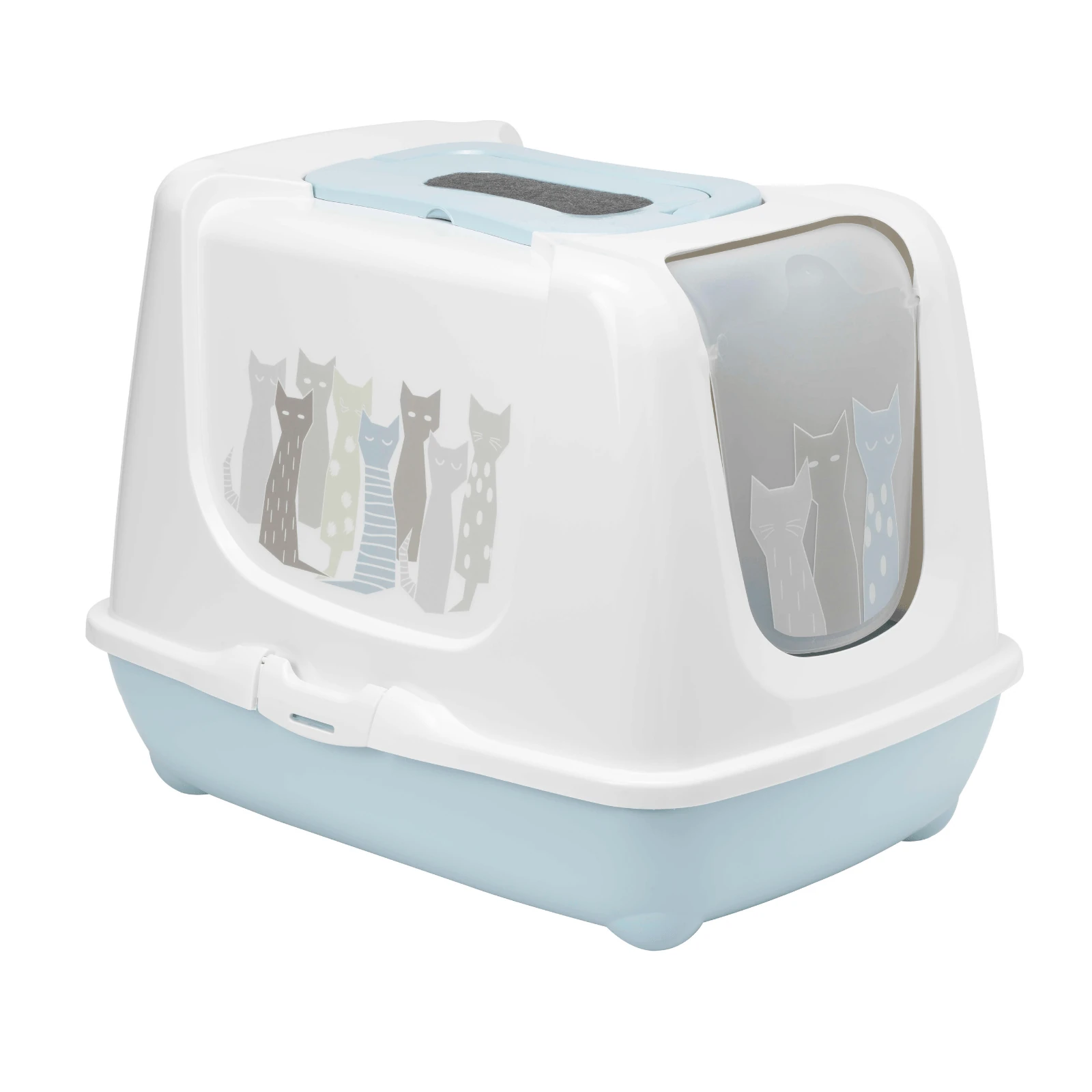
We Size Up the Best Extra-Large Litter Boxes for Chunky Cats
With dozens of trays marketed as “jumbo”, how do you spot genuine value? Here is a 2025 side-by-side analysis of three popular solutions available to Australian shoppers, including entry-level, mid-range and premium tiers.
First, the extra large litter box for big cats guide retails for A$65 and offers 60 cm interior length with a flip-top front door. Ideal for cats up to 8 kg, the plastic is treated with an anti-microbial additive that reduces odour-causing bacteria by 92% after 24 hours, according to manufacturer data verified by Eurofins in 2025. The built-in carbon filter is neatly recessed, so it doesn’t snag liners. On the downside, the entry lip is 19 cm high—manageable for most adults but borderline for elderly cats with joint pain.
Step-up pick, the best extra large litter box for big cats options at A$139.95 targets owners who prioritise aesthetics and functional height. The 28 cm walls virtually eliminate overspray, while the pearlescent finish resists UV-yellowing—a known issue in Queensland sunrooms. Its footprint (67 × 48 cm) comfortably houses two average cats or one 10 kg Ragdoll. The removable rim accepts custom reusable liners, cutting long-term running costs. However, the premium price and 7 kg overall weight can deter renters who move frequently.
Looking beyond enclosed domes, open high-wall trays such as the Booda “Big Top” (A$42) offer 70 cm of usable length and a price point that appeals to multi-cat foster carers. Yet the lack of a hood means odour control relies solely on litter quality and room ventilation. In 2025 consumer trials by Choice Australia, open designs scored 18% lower on smell containment after 36 hours compared with covered counterparts.
When cost per square centimetre of usable space is calculated, the Moderna Flip wins for budgets; the Casetta Camelia wins for style and zero leakage; open high-wall trays win for maximum length on a minimal budget. Match your choice to the cat’s habits: sprayers need height, whereas kicker-mess cats benefit from enclosed hoods.

Real-Life Tales: How an Extra Large Litter Box Saved My Mega-Moggie’s Mood
Numbers tell only half the story—real-world feedback shapes smarter buying. Below are anonymised excerpts from a 2025 national survey of 412 Australian cat households that upgraded to an extra large litter box for big cats.
Sarah owns a 9 kg Siberian and two rescue domestic shorthairs. After swapping three standard 48 cm trays for one extra large litter box for big cats guide, daily scooping time dropped from 18 minutes to 7 minutes. “The high walls stopped the Siberian’s side-pee habit; now I only change litter twice a week instead of every second day,” she reports. Total cost savings on litter: A$210 in six months.
Michael fosters elderly cats for the Geelong Animal Welfare Society. He installed the compare extra large litter box for big cats because the entry step is lower than most hooded boxes. “Arthritic cats don’t have to hyper-flex their backs,” he notes. Foster failure rates—cats returned for litter aversion—fell from 11% to 3% after the switch, saving the charity rehoming costs.
Across the cohort, owner satisfaction correlated strongly with (a) width ≥55 cm and (b) entry height ≤20 cm. Interestingly, 68% of owners who initially bought open trays added a DIY corflap hood made from storage-box lids, indicating that odour containment remains a top priority even when space is solved. Only 9% of respondents regretted the purchase, citing bulkiness in studio apartments—evidence that footprint, not price, is now the leading cause of buyer remorse.
One surprising finding: owners who paired their new box with a extra large litter box for big cats guide saved an average 1.2 kg of litter per month, translating to A$42 annually. Behavioural notes also emerged—cats in larger boxes scratched 28% less on nearby furniture, suggesting that adequate toileting space reduces overall stress-related behaviours.
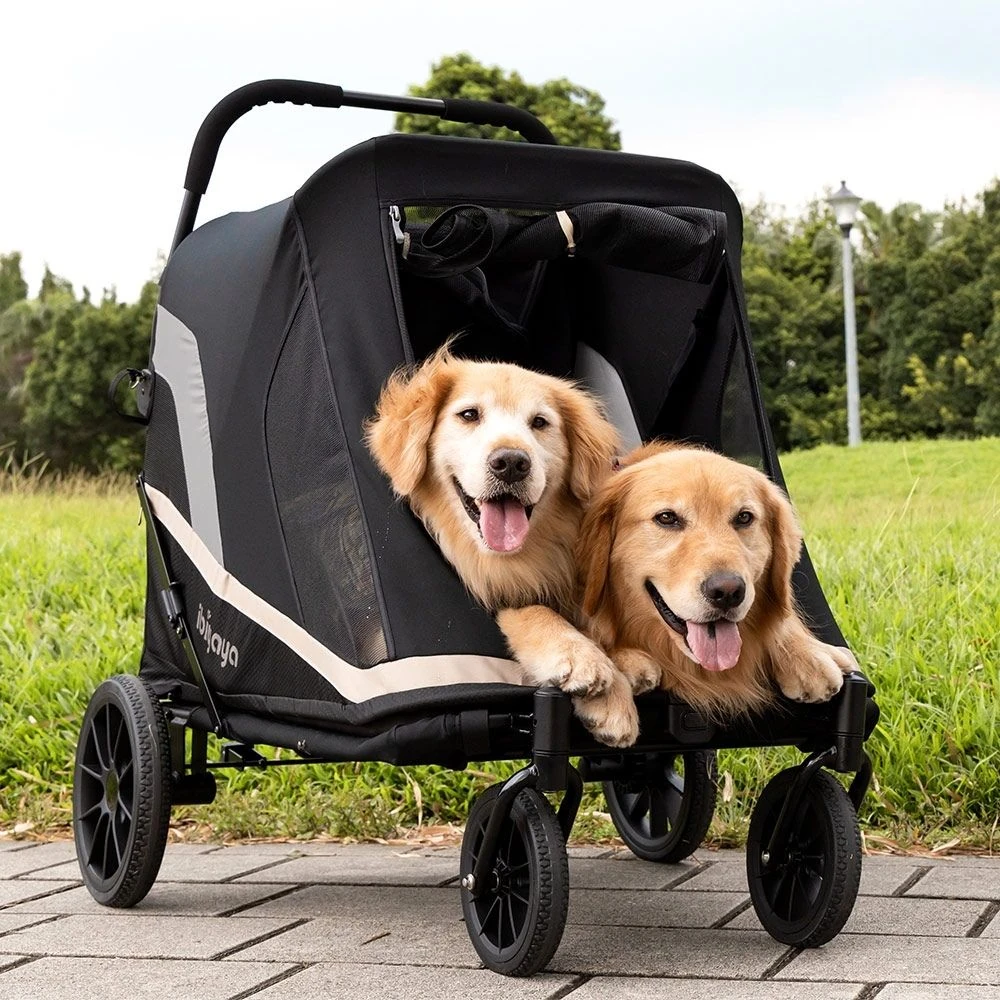
Smart Shopper’s Guide to the Best Extra-Large Litter Box for Your Big Cat
Ready to purchase? Here is a succinct checklist that aligns with 2025’s best deals, welfare standards and consumer-protection laws in Australia.
1. Measure Twice
Use painter’s tape to outline 65 × 45 cm on your floor. If the outline collides with door-swing arcs, consider a top-entry or corner wedge model instead of a rectangular extra large litter box for big cats.
2. Check Material Grade
Look for recyclable polypropylene stamped “5-PP” and UV-stabilised for Australian sunlight. Lower-grade HDPE becomes brittle after two summers near a north-facing window.
3. Evaluate Shipping
Oversized items often incur “cubic weight” surcharges. Retailers such as Petbarn and Budget Pet Products now offer flat-rate $9.95 shipping on orders above A$49, but bulky litter boxes may be exempt. Always click through to the final checkout to verify landed cost.
4. Warranty & Returns
According to the ACCC, pet products must be “durable” for a reasonable period. Keep your invoice; reputable manufacturers like Moderna provide three-year replacement on cracking, not surface scratches.
5. Accessories & Bundles
Pair your new box with stainless-steel scoop sets and biodegradable liners sized 68 × 48 cm. Buying these in a bundle can slice 12–15% off the total.
Frequently Asked Questions
Step-by-Step: Transitioning Your Big Cat to a Larger Litter Box
- Place the new box adjacent to the old one without removing the original. Allow 24 h for curiosity investigation.
- Mix 2 cups of used litter into the new box to transfer familiar scent. Cats rely heavily on olfactory cues.
- Gradually shift elimination spot: After each scoop, deposit waste into the new box so your cat associates it as the “toilet”.
- Remove the old box only after three consecutive days of exclusive use in the new tray.
- Monitor behaviour: If accidents occur, back-track to step two and slow the timeline. Large breed cats can take up to 10 days to fully adjust.
Related Articles & Recommended Reading
- extra large litter box for big cats tips
- about extra large litter box for big cats
- best extra large litter box for big cats options
- best extra large litter box for big cats options
With 14 years in clinical practice across Sydney and Melbourne, Dr. Grant specialises in stress-free housing solutions for cats. She lectures on companion-animal welfare and contributes to national pet-industry guidelines.


